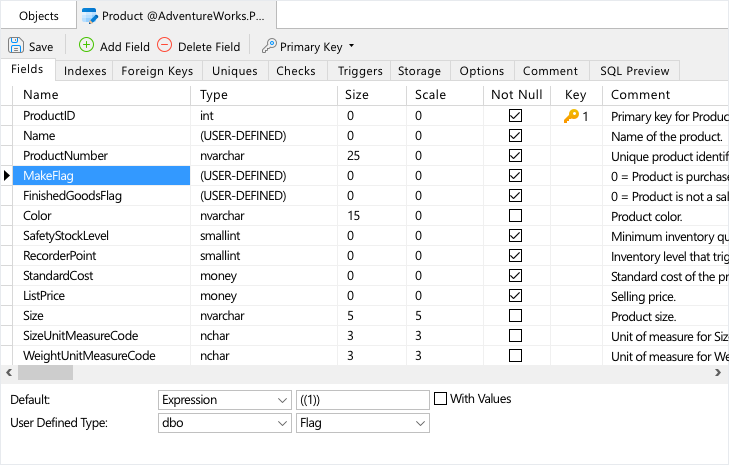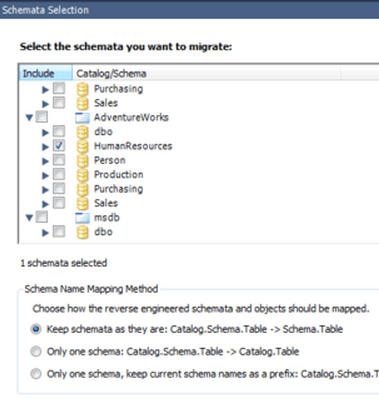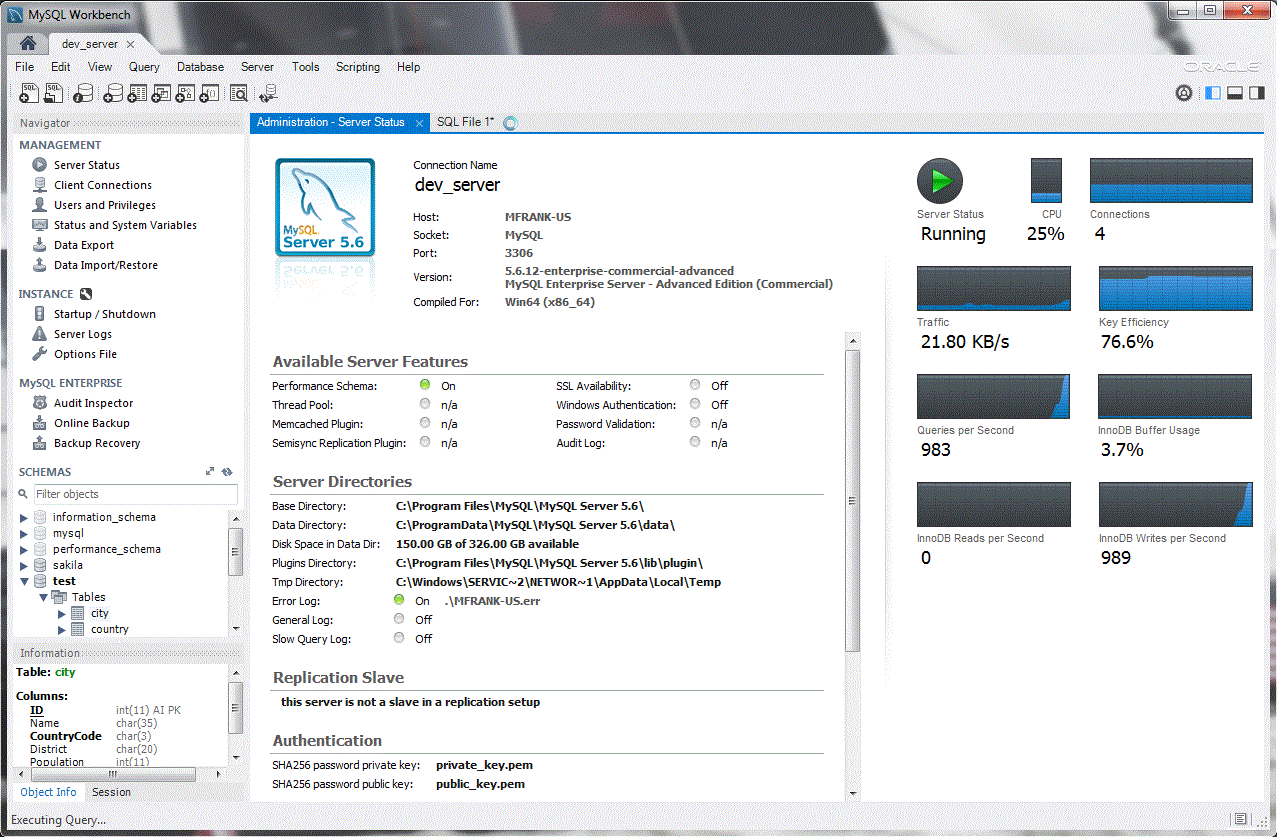
To restore AdventureWorks2019 to Windows, modify values as appropriate to your environment and then run the following Transact-SQL (T-SQL) command: USE įROM DISK = N'C:\Program Files\Microsoft SQL Server\MSSQL15.MSSQLSERVER\MSSQL\Backup\AdventureWorks2019.bak' An example to restore AdventureWorks2019 is provided below, but the database name and installation file path may vary depending on your environment. You can restore your sample database using Transact-SQL (T-SQL). Select OK to confirm your database backup selection and close the Select backup devices window.Ĭheck the Files tab to confirm the Restore as location and file names match your intended location and file names in the Restore Database wizard.įor more information on restoring a SQL Server database, see Restore a database backup using SSMS. If you moved your file to this location but you're not able to see it in the wizard, this typically indicates a permissions issue - SQL Server or the user signed into SQL Server does not have permission to this file in this folder. bak file you recently moved to the backup location. Select Device and then select the ellipses (.) to choose a device. Right-click Databases in Object Explorer > Restore Database. Open SQL Server Management Studio (SSMS) and connect to your SQL Server. For example, the default location for a default instance of SQL Server 2019 is:Ĭ:\Program Files\Microsoft SQL Server\MSSQL15.MSSQLSERVER\MSSQL\Backup. This varies depending on your installation location, instance name and version of SQL Server. bak file to your SQL Server backup location.
#FREE ADVENTUREWORKS DATABASE MYSQL DOWNLOAD#
bak file from one of links provided in the download backup files section.

To restore your database in SQL Server Management Studio, follow these steps:ĭownload the appropriate. If you're not familiar using SQL Server Management Studio (SSMS), you can see connect & query to get started.

You can do so using the RESTORE (Transact-SQL) command, or using the graphical interface (GUI) in SQL Server Management Studio or Azure Data Studio. bak file to restore your sample database to your SQL Server instance. OLTPĪdditional files can be found directly on GitHub: If you're not sure what you need, start with the OLTP version that matches your SQL Server version.



 0 kommentar(er)
0 kommentar(er)
